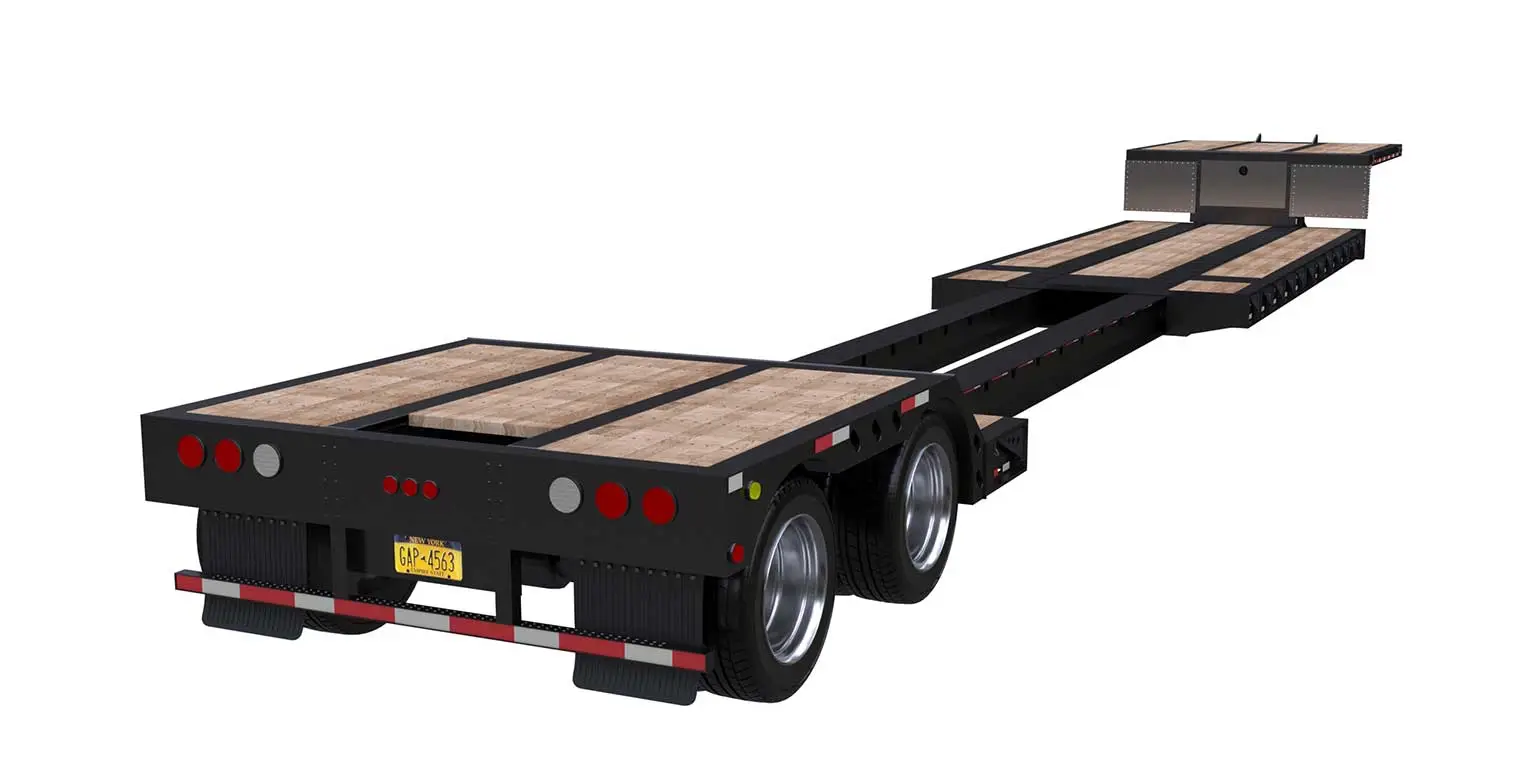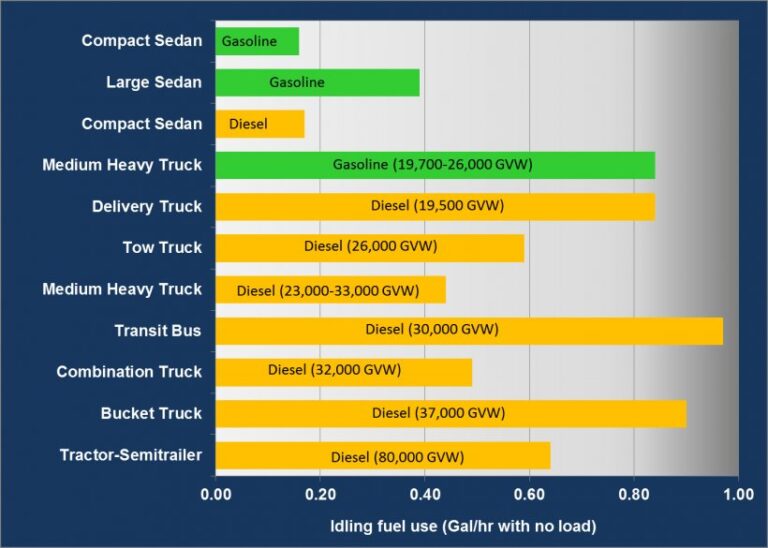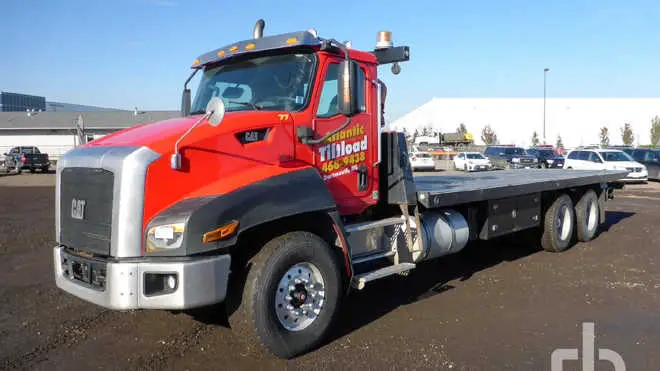A semi truck trailer is typically 13.5 to 14 feet high. These trailers are designed to comply with height restrictions on roadways.
Semi truck trailers come in various heights, but a standard trailer is usually around 13. 5 to 14 feet high. This allows them to transport goods and products while adhering to regulations. We will discuss the dimensions of semi truck trailers and their significance in the transportation industry.
Understanding the height of these trailers is essential for both drivers and individuals involved in logistics and shipping. We will delve into how the height of semi truck trailers impacts their usability, as well as the regulations that govern their dimensions. Additionally, we will explore the different types of semi truck trailers and their specific height variations. By the end of this article, you will have a comprehensive understanding of the heights of semi truck trailers and their importance in the transportation sector.

Credit: streamlogistics.com
Navigate As You Want: [show]
Dimensions Of A Semi Truck Trailer
A semi truck trailer can vary in dimensions depending on its purpose and design. The length of a typical semi truck trailer ranges from 28 to 53 feet, providing ample space for transporting goods and cargo. The width of a standard semi truck trailer is usually around 8 to 8.5 feet, allowing for efficient utilization of road space. In terms of height, a semi truck trailer can typically reach up to 13.5 feet, ensuring sufficient clearance for bridges and overpasses.
When it comes to weight, a semi truck trailer has a maximum gross vehicle weight rating (GVWR) of 80,000 pounds in the United States. This includes the weight of the trailer itself as well as the cargo being transported. It’s important to note that various factors, such as axle configurations and regulations, can affect the maximum weight a trailer can legally carry.

Credit: www.anstertrailer.com
Types Of Semi Truck Trailers
Semi truck trailers come in various types and sizes, each serving specific transportation needs. The dry van trailer is the most common type, used for transporting dry goods and products. Meanwhile, flatbed trailers are ideal for carrying heavy and oversized loads such as construction materials and machinery. The refrigerated trailer is equipped with a cooling system, making it suitable for transporting perishable items. On the other hand, the tanker trailer is designed to transport liquids or gases, making it essential for the chemical and petroleum industries. Understanding the different types of semi truck trailers is crucial for businesses and industries that heavily rely on efficient and safe transportation of goods.
Regulations And Restrictions
The Federal Bridge Formula is a regulation that determines the maximum weight allowed on a vehicle’s axles based on the axle spacing and the overall vehicle length. This formula is crucial in determining the maximum allowable trailer height as well.
In accordance with this regulation, the maximum trailer height for semi-trucks is typically 13.6 feet. However, it’s important to note that this may vary depending on the state regulations. Some states have specific height restrictions for semi-truck trailers, which truck drivers need to be aware of to ensure compliance with the law. It’s essential for trucking companies and drivers to stay updated with the specific regulations in each state they operate in to avoid any violations.
Trends In Semi Truck Trailer Design
The design of semi truck trailers has undergone significant advancements in recent years, resulting in improved functionality and efficiency. One notable trend is the increased load capacity of these trailers, which allows for the transportation of larger quantities of goods in a single trip.
In addition to increased load capacity, manufacturers have also focused on making semi truck trailers more aerodynamic. This includes incorporating features such as streamlined front ends and trailer skirts, which reduce drag and improve fuel efficiency.
Furthermore, efficiency enhancements have been made to the overall design of semi truck trailers. This includes the implementation of lightweight materials, such as aluminum and composite panels, which reduce the weight of the trailer without compromising structural integrity.
Overall, these trends in semi truck trailer design highlight the industry’s commitment to improving functionality, efficiency, and sustainability. As technology and innovation continue to evolve, we can expect further advancements in this important aspect of the transportation industry.
Challenges Faced By Semi Truck Trailers
Semi truck trailers face various challenges during their operations. One such challenge is bridge clearance. Due to their height, semi truck trailers need to carefully navigate under bridges to avoid any collisions.
Another challenge faced by semi truck trailers is tunnel restrictions. Some tunnels have height restrictions that may prevent these trailers from passing through. This requires planning alternative routes or finding tunnels suitable for their height.
Urban navigation poses yet another challenge for semi truck trailers. Maneuvering through narrow streets and crowded urban areas demands skilled drivers and the ability to navigate safely.
Furthermore, the accessibility of loading docks is a significant concern. Not all loading docks are designed to accommodate semi truck trailers, making it difficult to load and unload goods efficiently.

Credit: streamlogistics.com
Frequently Asked Questions On How High Is A Semi Truck Trailer
How High Is A Semi Truck Trailer?
A semi truck trailer is typically about 13 feet and 6 inches high. This height is regulated by transportation authorities to ensure safe clearance under bridges and overpasses. It is important for truck drivers to be aware of the height of their trailer to avoid any potential collisions or accidents.
Conclusion
To summarize, understanding the height of a semi truck trailer is crucial for various aspects of the transportation industry. From ensuring safe clearance on roads and bridges to efficiently planning loading and unloading operations, knowing the height of these trailers plays a significant role.
By adhering to regulations and staying informed about the average height of semi truck trailers, businesses can operate smoothly and avoid potentially costly incidents. So, be aware of the height requirements and keep those wheels turning!




